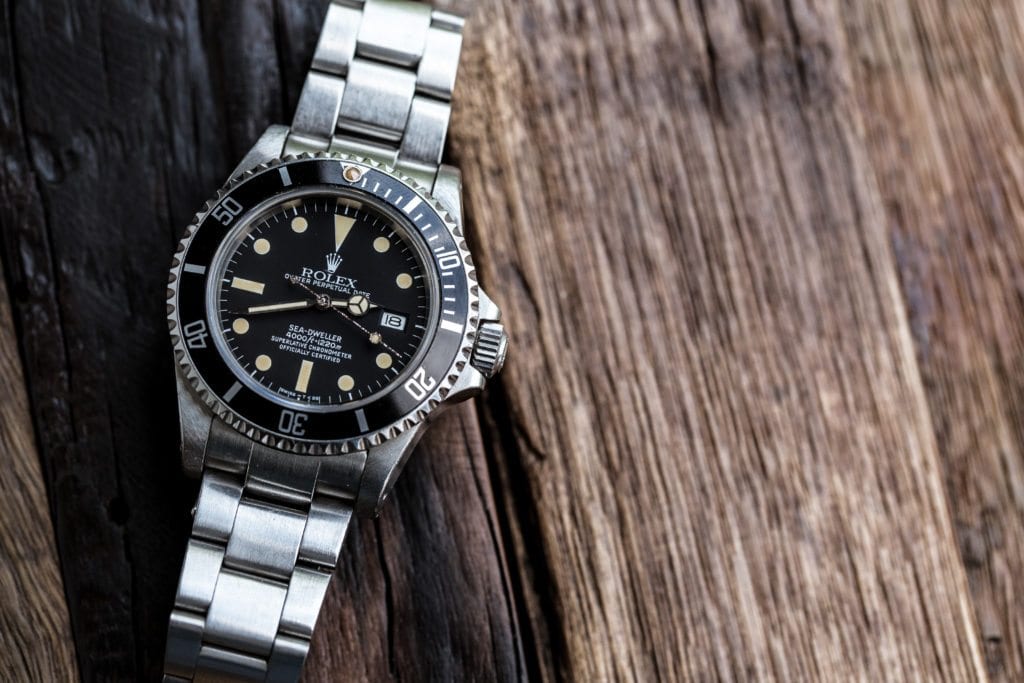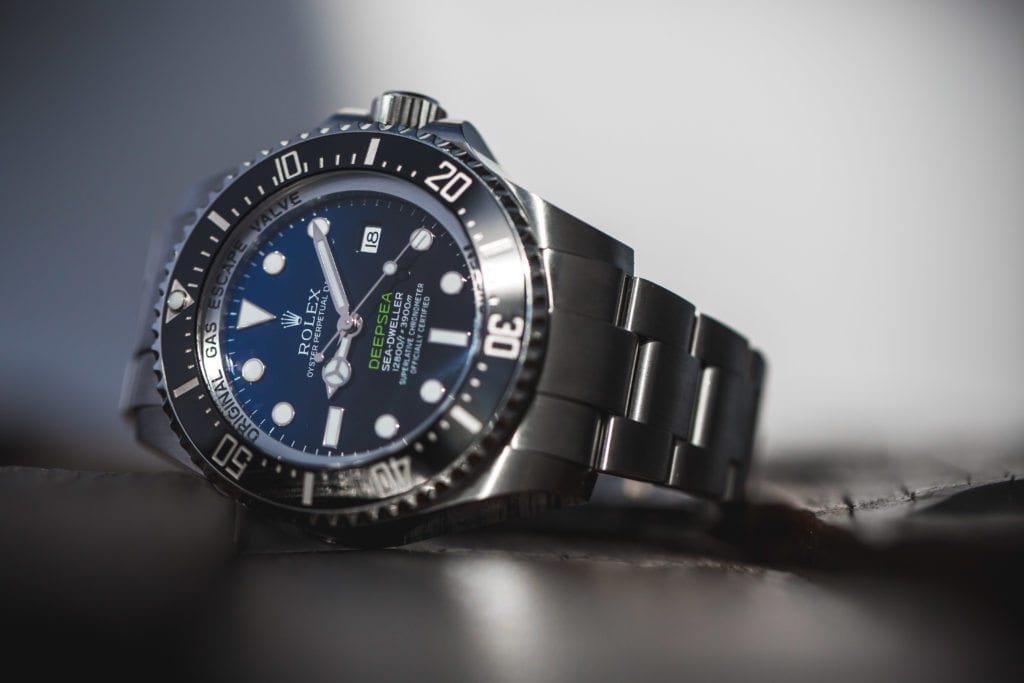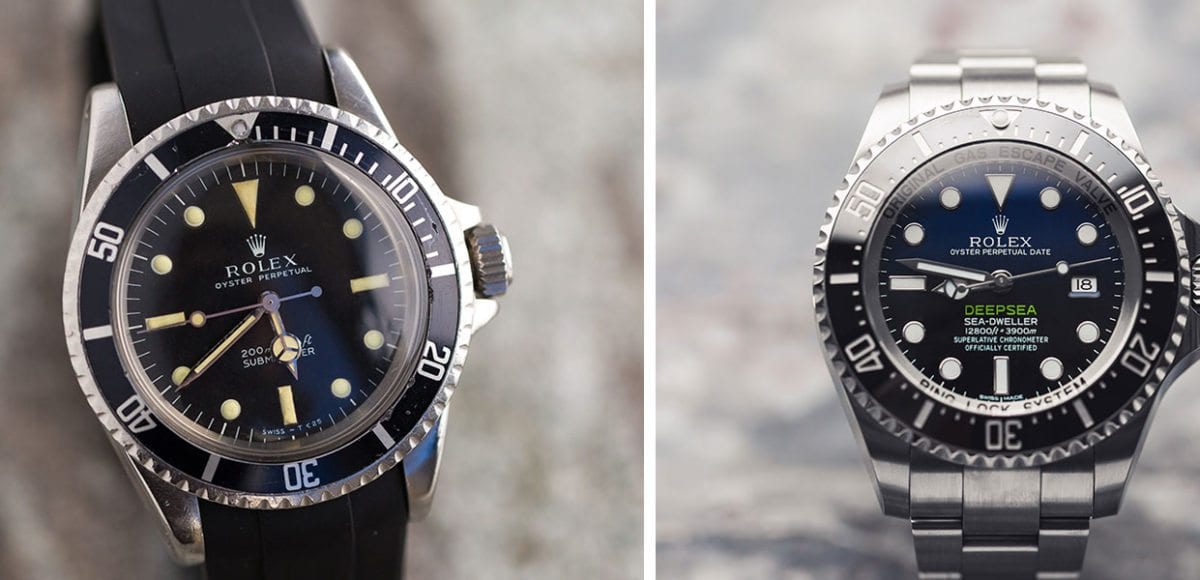Rolex Deepsea vs. Submariner: Choosing the Right Model
Rolex is famous for its commitment to sea exploration and its dive watches. When they first released the Submariner in 1953, it became an instant classic. It also helped to establish a name for the brand among professional and amateur divers alike.
In the decades to follow, Rolex has continued to grow its dive watch offerings by innovating some of the most cutting edge features. In 1967, they collaborated with Doxa S.A to create the helium escape valve. This key development allows the diver to release gases that may become trapped inside the watch at great depths. In addition, Rolex patented its own Glidelock bracelet extension that helps its dive watches easily slip over a diving suit. They also patented the Ringlock system, a unique case architecture that allows their dive watches to resist pressure at extreme depths.
Rolex Deepsea vs. Submariner: Creation of the Models
These inventions have not only driven the continuous evolution of the Submariner but also spurred the creation of other dive watch models. Rolex unveiled their next dive watch offering about a decade after the Submariner. The Sea-Dweller debuted in 1967 and had a 40-year reign before its retirement. The Deepsea replaced it in 2008.

Though the Submariner and the Deepsea’s creation were 55 years apart, the two popular dive watch models have a lot in common. The Submariner was developed and quickly put to the test by the renowned Swiss physicist and explorer Auguste Piccard. In 1953, Piccard descended 3100 meters into the depths of the ocean in his Bathyscaphe submarine. With him, he carried a Submariner affixed to the ship’s hull. When he returned to the surface, the watch was still working correctly.
Fast forward to the 1960’s. Piccard’s son Jacques decided to follow in his father’s footsteps. He embarked on an excursion called the Trieste Expedition. Similarly to his father, he boarded a deep-sea submersible with a new, experimental Rolex diving watch attached to the exterior of the vessel. After descending to an astounding depth of 10,916 meters, the watch was still functioning properly. So, when it was time to retire the Sea-Dweller and introduce a new dive watch, the name Deepsea seemed fitting.
Rolex Deepsea vs. Submariner: Key Distinctions
While the Submariner and the Deepsea share an interestingly similar history, the two models have a number of key differences. Part of the charm of the Submariner is that it has remained largely unchanged since its inception. Being a newer model, the Deepsea features a more modern, oversized 44mm case as opposed to the Submariner’s 40mm. The most recent variations of the Submariner house the brand’s 3135 caliber, self-winding, mechanical, COSC certified movement. While the latest version of the Deepsea (2018) houses Rolex’s in-house caliber 3235 movement. In addition, some of the newer developments, like the helium escape valve and the Ringlock system, have not been added to the Submariner and remain unique to the Deepsea.

The Deepsea arguably offers some more advanced features than the Submariner. In addition to the helium escape valve and Ringlock system, the Deepsea boasts an impressive water resistance up to 3,900 meters. This outweighs the Submariner’s 300 meters. However, the Submariner continues to be one of the most highly coveted dive watches on the market. Overall, if you’re a professional or avid diver, the Deepsea is likely the best option for you. On the other hand, if you enjoy diving recreationally but also want a watch that’s equally suitable for everyday wear, the Submariner might be a better choice.
Get More Articles Like This in Your Inbox
We're constantly creating great content like this. So, why not get it delivered directly to your inbox? By subscribing you agree to our Privacy Policy but you can unsubscribe at any time.






